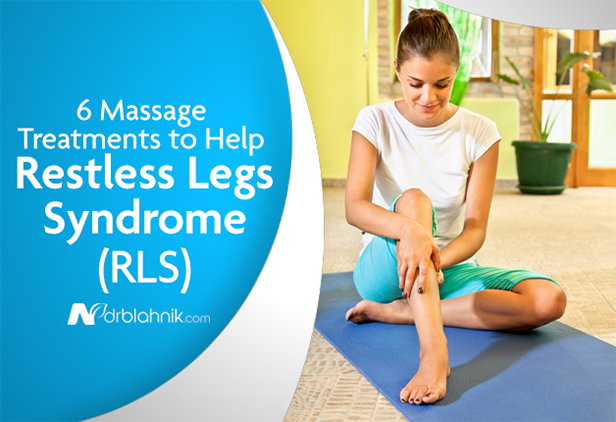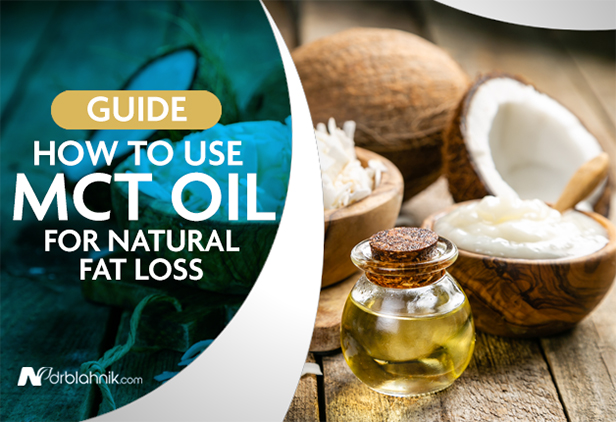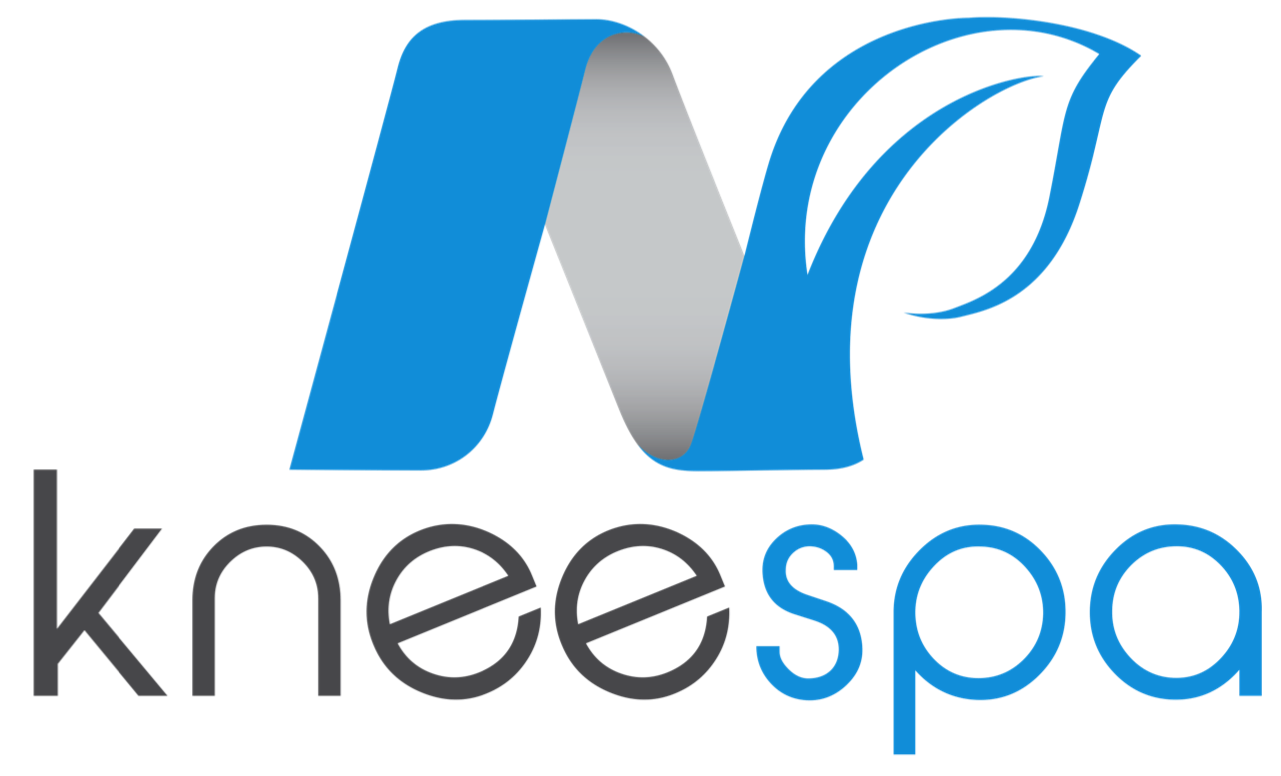Have you ever experienced an irritating sensation where you feel like you must move your legs? It will not be a surprise if your answer is yes since the phenomenon is quite common. While, in some cases, the urge to move your leg can be attributed to one of several potential causes, it is more likely to be a symptom of restless leg syndrome (RLS).
The condition can be severely irritating and downright frustrating to cope with since it can make you feel like you do not have control of your own body. However, it is not a condition you necessarily have to live with. There are, in some instances, ways to help soothe your legs so they no longer suffer the need to move when you are trying to get a moment’s peace.
Table of Contents
What is Restless Legs Syndrome (RLS)?
Restless legs syndrome is, likely, something you might have heard of in passing and may even have a rough idea of what it is. However, there are certain factors and details about the condition of which you might be unaware.
Restless legs syndrome is a long-term condition that induces an unpleasant sensation in the legs that causes a nearly irresistible urge to move them. The sensations people feel have been described as tingling, aching, or even crawling in some cases, with the symptoms most often striking when in a resting position. In some cases, even after moving to alleviate the sensation, it would return soon after to plague you further.
RLS can be divided into two categories:
- Primary Restless Legs Syndrome: Primary RLS is an idiopathic condition, meaning that it has no discernible source or mechanism that triggers it. On average, primary RLS usually manifests shortly before you hit the age of 40 and gradually worsens as you age.
- Secondary Restless Legs Syndrome: Secondary RLS is a sudden onset condition after the age of 40, and symptoms present themselves daily. Secondary RLS is most associated as a symptom of other medical conditions or drug use.
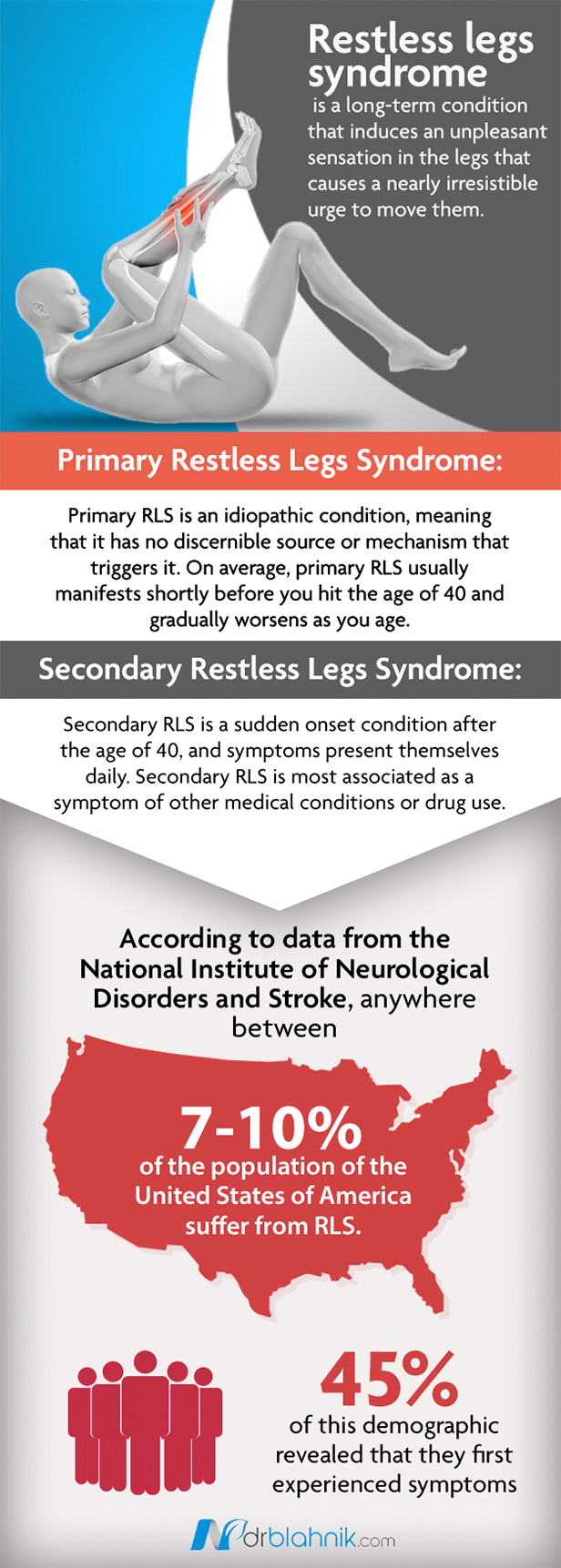
According to data from the National Institute of Neurological Disorders and Stroke, anywhere between 7-10% of the population of the United States of America suffer from RLS. 45% of this demographic revealed that they first experienced symptoms before their 20th birthday. It has also been noted that sufferers of RLS have a higher correlation with depression and anxiety.
RLS can be a nearly unbearable condition to deal with due to the sheer discomfort it can cause. It can even make you feel as though your own body is rebelling against you, but it begs the question of what can cause RLS in the first place.
What Causes RLS?
Restless legs syndrome has been tied to several potential causes throughout its existence, though the cause you might suffer from should be officially diagnosed. The general cause of RLS remains unknown to this day. However, it may be related to a change in your dopamine levels, leading to a deficiency in iron. RLS has been viewed as a symptom or caused by several other conditions and medications.
One of the most associated causes of RLS is attention deficit hyperactivity disorder (ADHD), a condition that plagues over 5,000,000 children across the country. Since ADHD commonly results in restlessness and the inability to sit still, RLS is a commonly derived symptom of the disorder. Both conditions affect dopamine in the brain and, in 2005, it was observed that nearly 44% of people with ADHD had RLS as well.
Another potential cause of RLS comes in the form of medications and substances that can exacerbate the RLS itself. These include:
- Antiemetics
- Antihistamines
- Antidepressants
- Antipsychotics
- Sedative-hypnotic drugs
- Withdrawal from alcohol or opioids
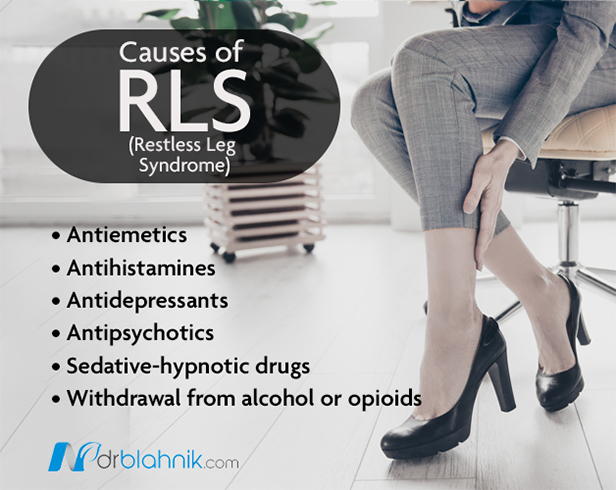
Another potential cause of RLS is a genetic one. Over 60% of cases of RLS are inherited from a parent. It could be an inherited iron deficiency or certain genes in your DNA that promote RLS. There are currently four genes found to directly correlate to RLS: MEIS1, BTBD9, MAP2K5, and PTPRD. Unfortunately, identifying the genes does not lead directly to learning how to treat the syndrome, just understand it.
One of the final potential causes of RLS is poor circulation of the blood to the legs, inducing the urge to move to get your blood flowing more efficiently. Regardless of the cause of your RLS symptoms, the ultimate challenge comes in treating the condition.
Massage Treatment
When you think of a massage, your mind most likely jumps to spa treatments or chiropractic treatments for when you are in an accident. However, massages have a place in helping to cope with RLS in a way you might not expect. You see, massaging parts of the body helps promote the circulation of the blood. Since poor circulation is one of the potential causes of RLS, helping to regulate your body’s circulation can be an excellent way to overcome the condition.
To clarify, this is not to say that getting massage therapy will cure the condition, nor does it serve as a substitute for FDA-approved medical treatment. However, it can help make the condition more manageable as you seek a more permanent solution.
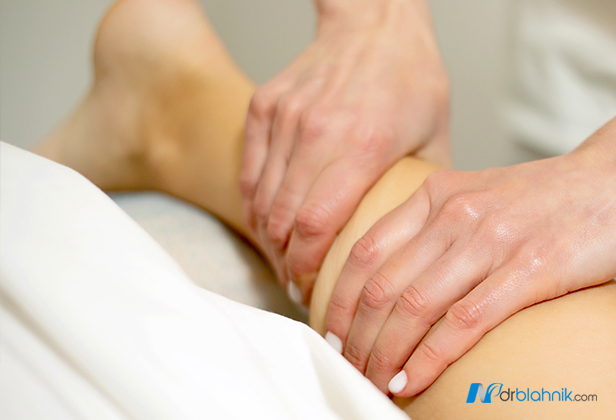
It is also worth noting that you do not always need a second party to apply the massage, as several massages exist that you can perform on yourself to help promote circulation of the blood in your legs. The massages we will discuss in this article can help you manage your RLS. The massages in question come from the medical website Healthline:
- Stroking Motion Massage
- Face your palm towards your leg, spread your fingers slightly and place them on your ankle. You can use one hand or both hands placed opposite each other.
- Use your fingers to apply pressure as you move it up toward your hip. Apply pressure with enough force to feel it in your muscle but not enough force to cause pain. You can also alternate between lighter and heavier pressures.
- Move your fingers back down to your ankle and repeat as you work your way around your entire leg.
- Repeat these steps ten times per leg.
- Chopping Motion Massage
- Wrap your fingers of one or both hands around your ankle.
- Work your fingers up your leg while squeezing the muscle with your fingers. Use your thumbs to apply more pressure as preferred.
- Continue up your leg to your hip.
- Repeat these steps as you work your way around your leg.
- Hip Bend Massage
- Sit either in a chair or on the floor.
- Grasp your shin on your right leg with both hands.
- Bend your knee and pull it towards your chest and hold it there for 30 seconds.
- Relax your leg.
- Repeat the steps until you have completed ten repetitions.
- Switch legs and repeat the exercise on the other leg.
- Hamstring Stretch Massage
- Sit in a chair with your right foot flat on the floor and your left foot resting on another chair or other flat surface to keep your left leg parallel to the floor.
- Lean forward from your hips while keeping your upper body straight until you feel a stretch in the back of your leg.
- Hold the stretch for 30 seconds without bouncing.
- Go back to your original position.
- Repeat ten times.
- Switch legs and repeat the exercise on your right leg.
- Foot Bend Massage
- Sit and cross your legs, so the side of your right lower leg rests on top of your left thigh.
- Hold your right foot with one hand on your heel and the other on the top of your foot.
- Relax your foot and ankle.
- Using your hands, move your foot clockwise ten times.
- Continue holding your foot and move it counterclockwise ten times.
- Bend your foot up, hold for 30 seconds, bend your foot down, and hold for 30 seconds.
- Repeat until you have done ten repetitions in each direction.
- Switch legs and repeat on your left foot.
- Toe Bend Massage
- Sit with the side of your right lower leg resting on your left thigh.
- Using your hand, bend your toes up and hold for 30 seconds.
- Bend your toes down and hold for 30 seconds.
- Repeat until you have done ten repetitions in each direction.
These massages can be extremely helpful in promoting better circulation to your legs which can help alleviate RLS symptoms. It can also help to lower blood pressure and boost lymph fluid circulation. There also exist ways to enhance the massages using additional items available in a typical household.
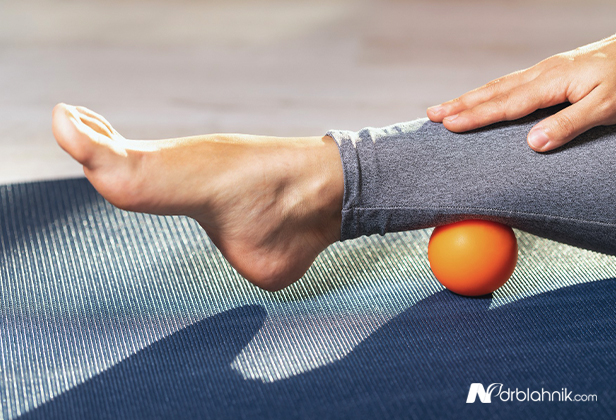
One commonly available tool that, surprisingly enough, can be used to apply massages are tennis balls. According to Healthline, four massages benefit from applying tennis balls.
- Hamstring Massage: Sit on a chair and place the tennis ball under your thigh. If there is a spot that is particularly tender or sensitive, place the ball directly underneath that spot. Use your body weight to move the ball around.
- Hamstring Massage (Alternate): Place the ball under your thigh just below your hip. Hold it there for 30 seconds, then move it an inch or two toward your knee and hold it there for 30 seconds. Repeat until you are almost to your knee.
- Calf Massage: Lie on the floor and perform the techniques described above with the ball under your calf.
- Foot Massage: Place the ball under your foot and roll it around. Use more or less of your body weight while seated or standing to change pressure.
You can also use a foam roller to apply a massage that can promote improved circulation. A foam roller is a cylinder made from hard foam or plastic. If you place the roller on the floor under the front, side, or back of your upper or lower leg, you can use the weight of your leg and body to roll your leg over the roller gently.
Another tool you can use is a roller stick. A roller stick is a rod with rollers in the middle made from plastic or rubber. Hold the stick with both hands and roll it over the muscles in your leg. Vary the amount of pressure, so it works your muscle without being painful. A rolling pin can be used in the same way.
There are also other tools like rollerballs, which are moveable balls in handheld cases. You can take the device in one hand and roll it over your leg muscles while focusing on the sorest spots. A lacrosse ball can be used in the same way.
Dealing with Restless Legs Syndrome
Restless legs syndrome is a frustrating condition that makes it nigh impossible to control your legs. When the condition flares up, the urge to move them can be resisted from time to time but is more liable to overpower you than you are to fight it back down. It can make sleeping difficult as you fill with energy as your legs compel you to move.
The condition’s causes vary, with almost no information on the root cause of the condition, which is predominantly idiopathic. However, it is known to be a symptom of more common conditions such as ADHD, which promote energetic behaviors aside from the other, more crippling psychological symptoms of the disorder.
The lack of solid information on the root cause of RLS makes treating it somewhat difficult. Since one of the most common causes of RLS is poor circulation, finding ways to promote circulation can work wonders in relieving your symptoms somewhat. To this end, massaging the legs in ways that help circulate blood serves as a potential treatment for your RLS.
Massage therapy is not always going to solve the issue of RLS but can serve as a useful supplement in the pursuit of treatment. As always, we implore you to seek out medical treatment and diagnoses to get the most informed possible information regarding any medical concern.
Do you personally suffer or know somebody who suffers from Restless Legs Syndrome? Have you performed any of these massages as a form of treatment? We’re there any others that you tried? We’d love to hear every one of your stories! Be sure to leave us a comment down below telling us yours!

